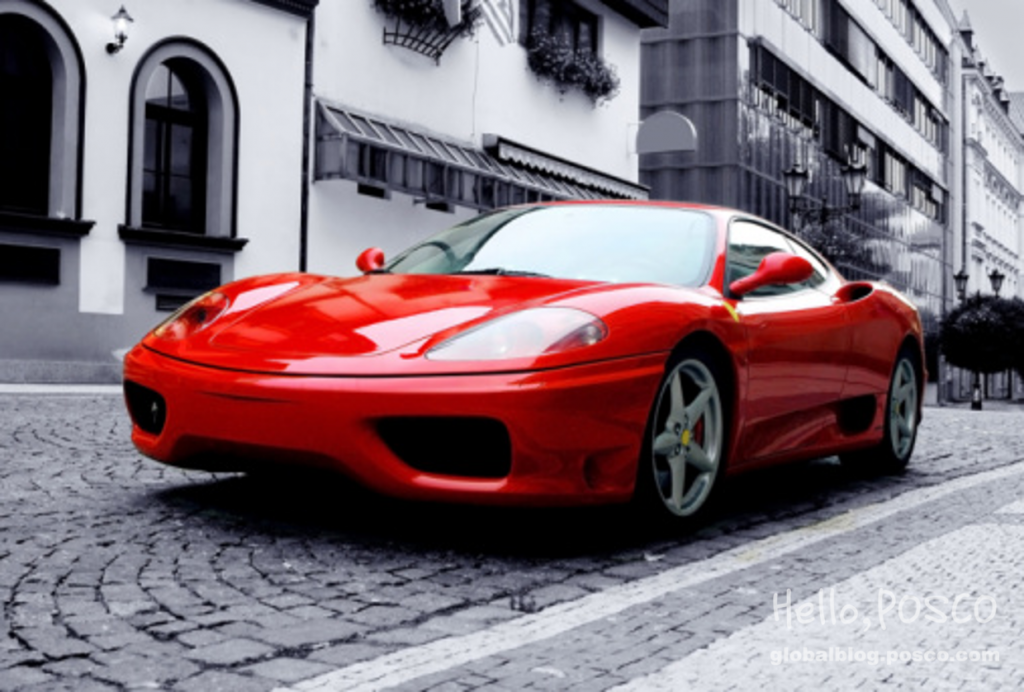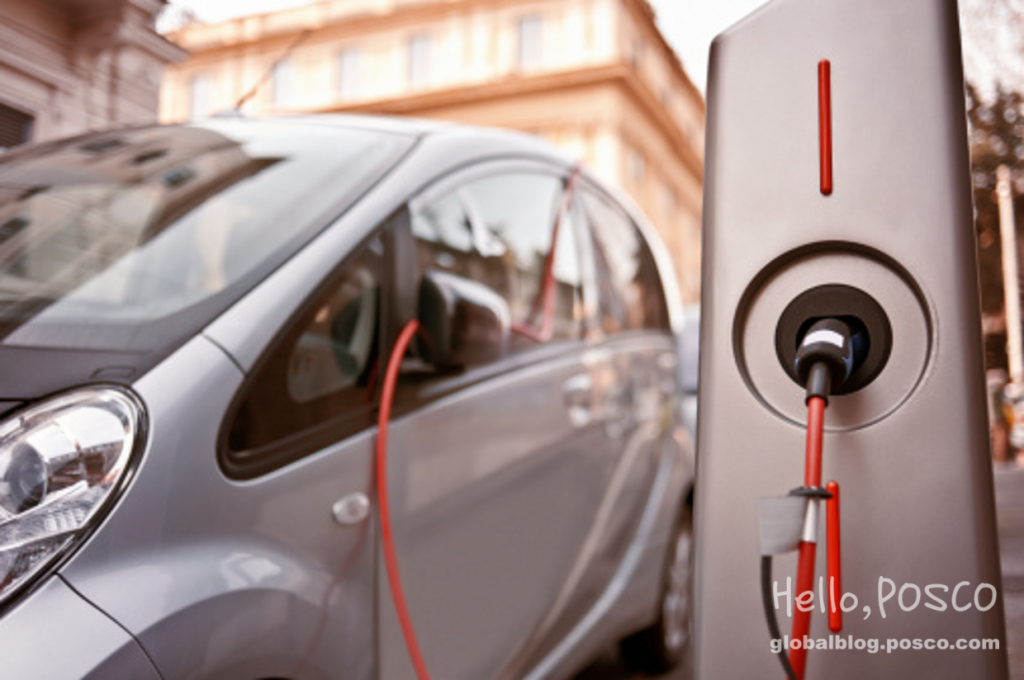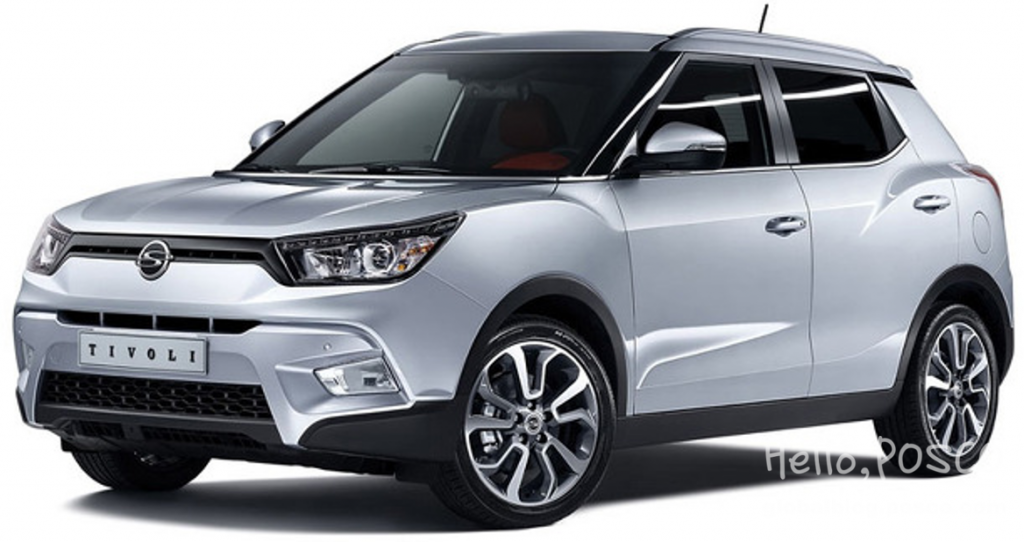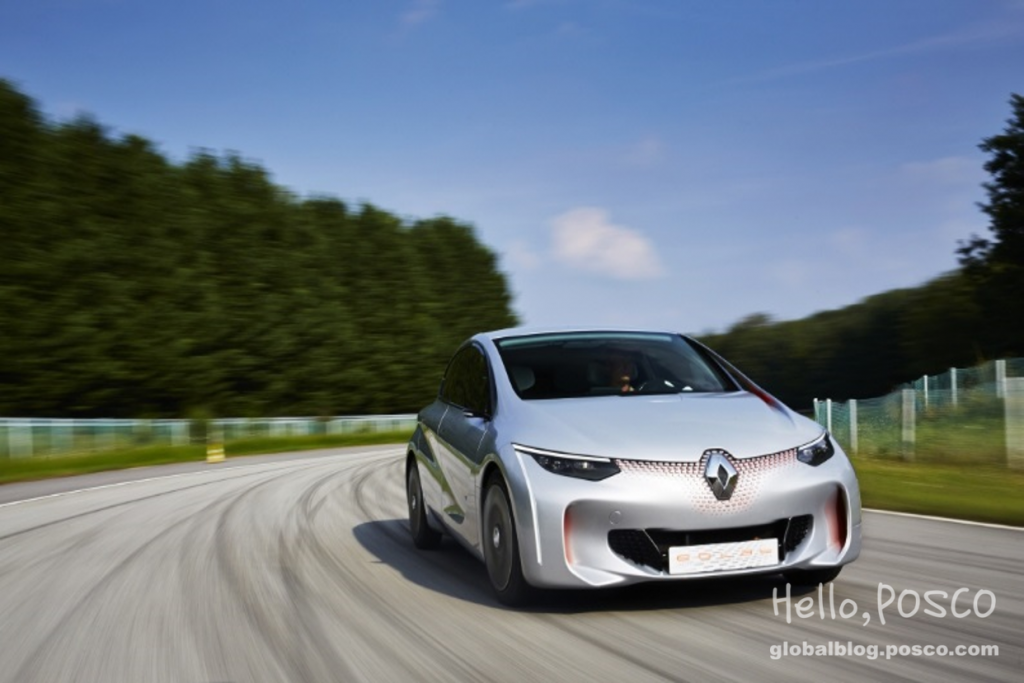 Exotic, cool cars are all men’s desire. In fact, the 2015 the North American International Auto Show, which is also kwon as the Detroit Auto Show, is happening now, and there are some awesome new cars and concepts being introduced. So today, we would like to introduce you some even more amazing future of vehicles that you never even imagined before.
Exotic, cool cars are all men’s desire. In fact, the 2015 the North American International Auto Show, which is also kwon as the Detroit Auto Show, is happening now, and there are some awesome new cars and concepts being introduced. So today, we would like to introduce you some even more amazing future of vehicles that you never even imagined before.
Beyond Gasoline & Diesel, Iron as the Fuel Option for the Future
 In the very near future, cars might run on iron. Despite the spotlight on iron as an alternative energy for the future, can you actually believe this could happen for real? Due to the rising gasoline prices and restricted fossil fuel, iron has been discussed as the potential energy resource in many laboratories. In 2005, Oak Ridge National Laboratory in the United States reported that metal fuels such as iron, boron and aluminum, can be developed for automobile transportation.
In the very near future, cars might run on iron. Despite the spotlight on iron as an alternative energy for the future, can you actually believe this could happen for real? Due to the rising gasoline prices and restricted fossil fuel, iron has been discussed as the potential energy resource in many laboratories. In 2005, Oak Ridge National Laboratory in the United States reported that metal fuels such as iron, boron and aluminum, can be developed for automobile transportation.
It might sound like a pie in the sky since the metal’s boiling point is much higher compared to the temperature of water coolant. The combustion temperatures of the metal fuels are high enough to burn down the entire vehicle. However, when nano-technology gets involved, it is a totally different story. That is, when iron particles are broken up into 50 nanometers, which is a size equal to one-thousandth of a human hair, only 250℃ is required to make the iron particles ignite.
Moreover, having a nature of green energy, iron nanoparticles hardly leave ashes after combustion and can re-produce fuels after many cycles of oxidation and reduction. Since ignition period of iron nanoparticles only last for 0.01 ~ 0.2 second, it is impractical to be commonly used as transportation fuels at the moment. In recent year, however, a follow-up study on ‘clusters’ of iron nanoparticles to increase the burning time has been in progress. Besides, other metal fuels like aluminum are also in the active process of further research. Though it is only at a beginning stage, iron nanoparticles are expected to show promise as future fuels.
(reference: POSRI https://www.posri.re.kr/eng/)
Innovation Goes On, Lighter Cars!
- A New-Born-Baby SUV, Ssangyong’s ‘Tivoli’
 Lately, many auto-enthusiasts have been transfixed by ‘Tivoli’, SsangYong’s new compact crossover which was launched only a week ago. Surely, the spotlight comes from the fact that it is the first model to be developed ever since Indian industrial giant Mahindra Group’s takeover. However, that is not necessarily the only reason. It is also because POSCO’s automotive steel plates were applied to this small SUV. In order to reflect the trend of vehicle weight reduction, POSCO and Ssangyong shared a number of technical consultation process and finally applied POSCO’s advanced high-strength steel to 72% of the car’s body. You can set your expectations high on ‘Tivoli’!
Lately, many auto-enthusiasts have been transfixed by ‘Tivoli’, SsangYong’s new compact crossover which was launched only a week ago. Surely, the spotlight comes from the fact that it is the first model to be developed ever since Indian industrial giant Mahindra Group’s takeover. However, that is not necessarily the only reason. It is also because POSCO’s automotive steel plates were applied to this small SUV. In order to reflect the trend of vehicle weight reduction, POSCO and Ssangyong shared a number of technical consultation process and finally applied POSCO’s advanced high-strength steel to 72% of the car’s body. You can set your expectations high on ‘Tivoli’!
- Lighter than Air, Renault’s Concept Car ‘EOLAB’
 Making its debut in 2014 Paris Motor Show, Renault’s new concept car ‘EOLAB’ is the result of cooperation between POSCO and the European automaker. ‘EOLAB’ is known for its amazing fuel efficiency, traveling up to 100 km with only 1L of gas. This unbelievable level of efficiency was achieved by POSCO’s advanced high strength steel, which is known for its robust and lightweight quality. As the material minimizes the car body’s weight, the fuel economy enhances to its maximum! For more information on ‘EOLAB’, visit 2014 Paris Motor Show and POSCO #1: Advanced High Strength Steels in Renault’s Concept Car.
Making its debut in 2014 Paris Motor Show, Renault’s new concept car ‘EOLAB’ is the result of cooperation between POSCO and the European automaker. ‘EOLAB’ is known for its amazing fuel efficiency, traveling up to 100 km with only 1L of gas. This unbelievable level of efficiency was achieved by POSCO’s advanced high strength steel, which is known for its robust and lightweight quality. As the material minimizes the car body’s weight, the fuel economy enhances to its maximum! For more information on ‘EOLAB’, visit 2014 Paris Motor Show and POSCO #1: Advanced High Strength Steels in Renault’s Concept Car.
